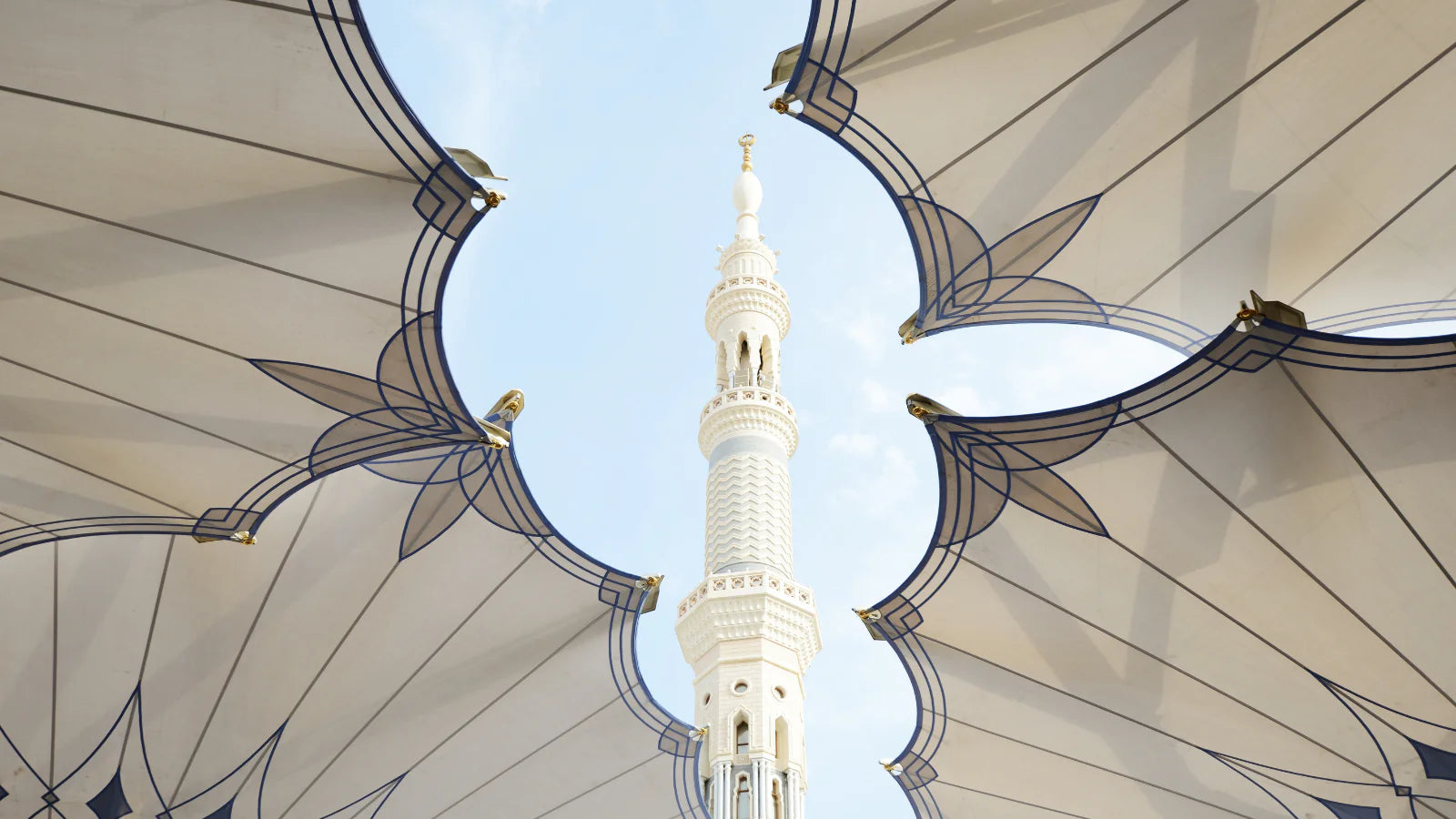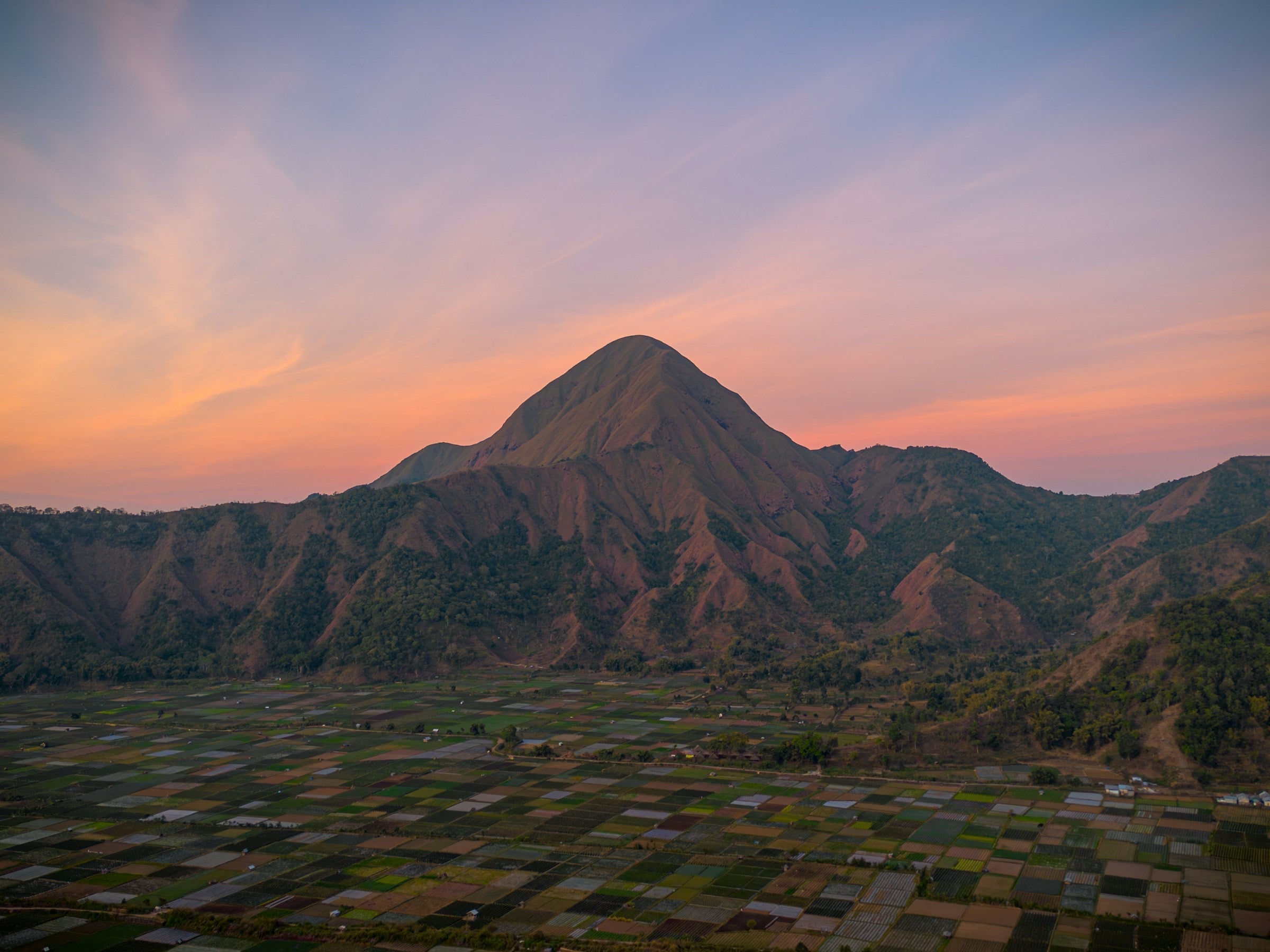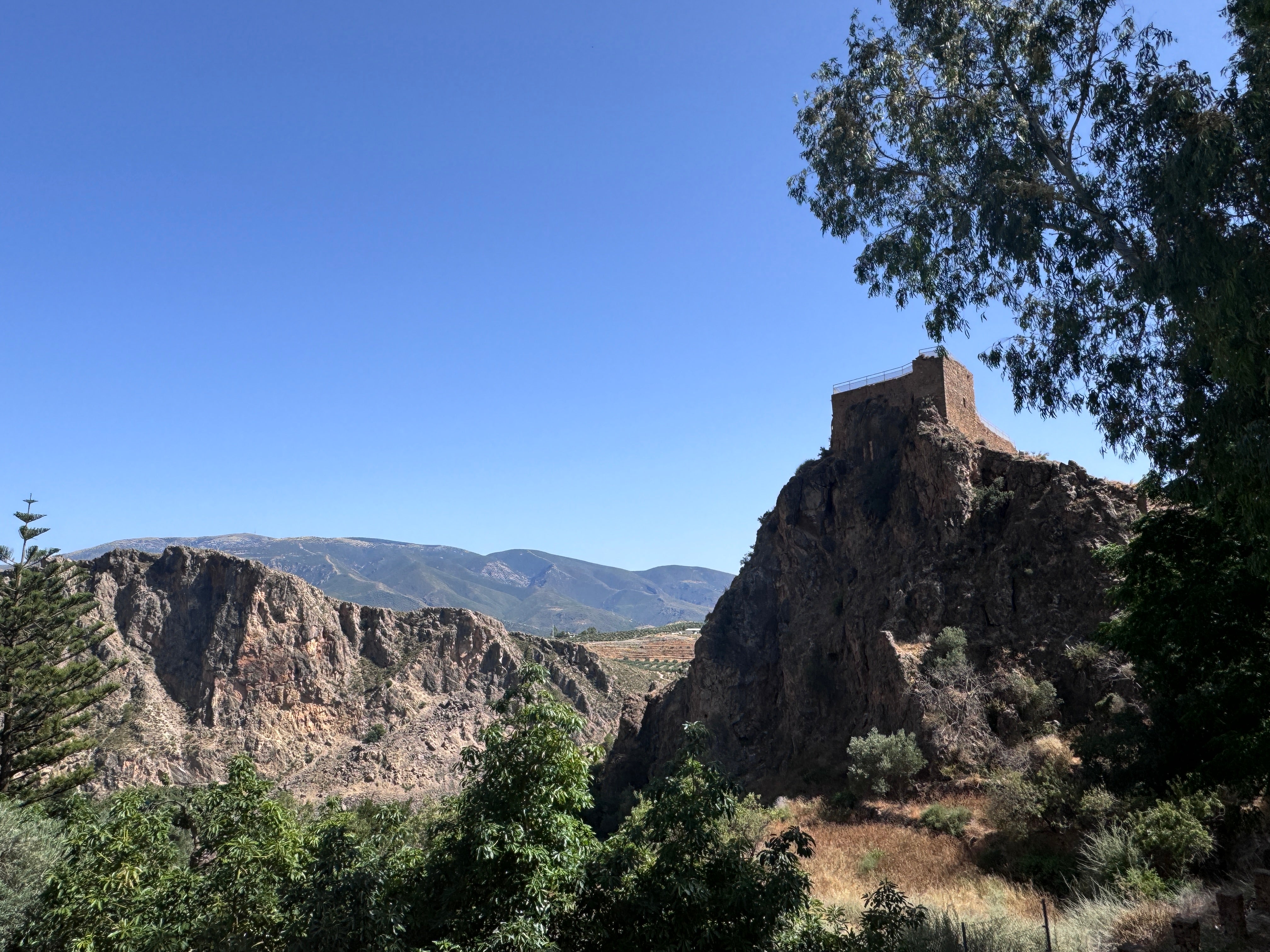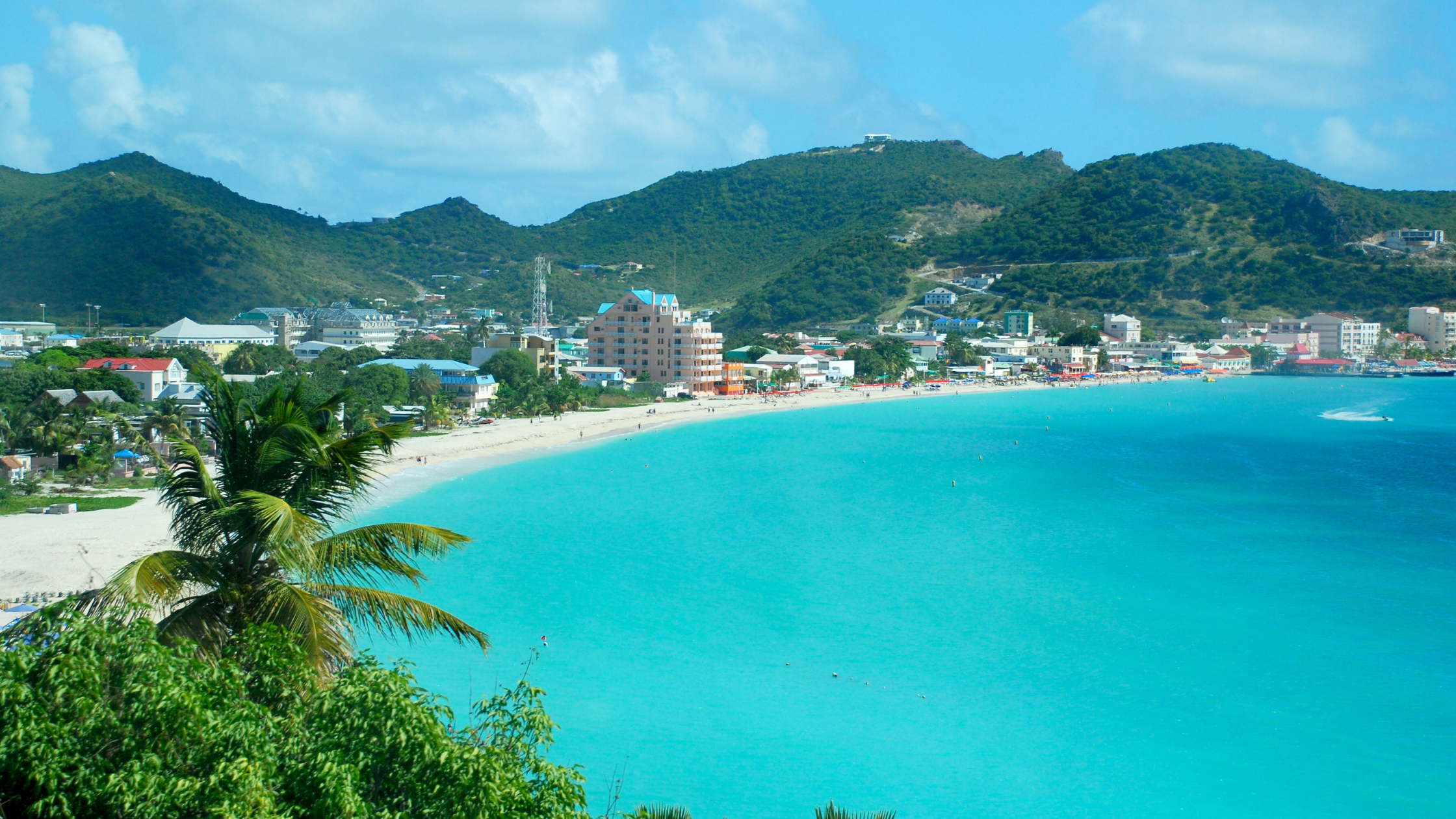How well do you know Madinah Al Munawwarah?
Madinah Al-Munawwarah — the luminous city of light, the eternal heart of the Islamic world. It’s a place brimming with history, faith, and mysteries waiting to be uncovered. As you walk through its ancient streets, every corner seems to whisper secrets from the time of the Prophet ﷺ and his revered companions. Each stone and each breeze carries the echoes of a past that shaped the future of humanity. But how much do we truly know about this sacred city?
In this post, I’ll share with you ten surprising, little-known facts about Madinah that will deepen your awe and appreciation for this blessed city. From its storied past to its hidden gems, prepare to be amazed by the incredible history that Madinah holds within its walls.
1. Madinah Was Once Home To Jews
Madinah’s rich and diverse history stretches far beyond the arrival of the Prophet ﷺ. Long before Islam came to the city, Jews had settled in the Hejaz region. In fact, when the Prophet ﷺ arrived in Yathrib (as Madinah was then called), he found a vibrant community of over 20 Jewish tribes living in the area. The major tribes were Banu Nadhir, Banu Qaynuqa, and Banu Qurayzah, all of whom were prosperous and deeply embedded in the economic and cultural fabric of the region. These Jewish tribes were known for their scholarship, trade, and contributions to the cultural life of Madinah.
Some of the most fascinating stories of this time include Jewish poets, scholars, and children who gathered in places like Baytul Midras, an area dedicated to the study of the Torah. The remains of their neighborhoods can still be traced near Masjid Quba, around 5 to 7 kilometers south of Masjid Nabawi, adding another layer of intrigue to Madinah’s historical landscape.

2. The First Place The Sahaba Stopped in Madinah
The story of the Sahabah’s first arrival in Madinah is one filled with warmth and hospitality. When the first group of companions emigrated from Makkah, they waited for the Prophet ﷺ to join them in Madinah. But before heading to the center of the city, they made a brief stop at the village of Al-Usbah, located just outside the city limits. The entire district of Al-Usbah, owned by the Banu Jahjaba tribe from the Aws, welcomed the new arrivals, offering them shelter and support.
It was here that the Sahabah established a Masjid, known as Masjid Al-Usbah, which still carries significance in Madinah’s early history. Nearby, you’ll find the Well of Al-Hajim, an ancient source of water that might have been used by the Prophet ﷺ and his companions. While the historical accuracy of this specific connection is uncertain, the well remains an intriguing landmark, carrying with it the echoes of the past.

3. The Abandoned Trains Near Madinah
Imagine being transported back to 1908, when the Hejaz Railway was first inaugurated to connect Damascus to Madinah, creating a much-needed and efficient way for pilgrims to travel. The ambitious project was funded through a form of crowdfunding, with Muslims from around the world contributing funds to make the railway a reality. The Ottoman Caliph at the time, Sultan Abdul Hamid II, envisioned a new era of ease for pilgrims making their way to the sacred cities of Makkah and Madinah.
But, as with many grand projects, it was not meant to last. The onset of the Arab Revolt disrupted the railway, and within ten years of its inaugration, the train service was under attack. Today, you can see the remnants of this historical endeavor — abandoned train stations, rusting tracks, and decaying carriages scattered across the Hejaz desert, providing a haunting reminder of a time when the journey to Madinah was made not by foot or camel, but by train.

4. The Volcano That Erupted Outside Madinah
One of the most fascinating and mysterious events in the history of Madinah is the volcanic eruption of 1256. This eruption, which occurred hundreds of kilometers away from Madinah, sent lava and ash towards the city, threatening its very existence. The eruption was so intense that people living over 400 kilometers away, in places like Tayma, reported being able to read at night from the light of the volcanic fire.
As the lava slowly crept towards Madinah, it miraculously changed direction as it neared the city, sparing Madinah from destruction. The scholars of the time saw this as a fulfillment of a prophecy from the Prophet ﷺ, who had once said, “The Hour will not be established until a fire will come out of the land of Hijaz, and it will throw light on the necks of camels at Busra.” While the eruption remains a miraculous event, the fact that the lava stopped in its tracks is still a mystery that has baffled historians and geologists alike.

5. The Mosque That Was Burnt Down
In the early days of Islam, there were those who sought to undermine the unity of the Muslim community. One such figure was Abu ‘Amir Ar-Rahib, a Christian notable who saw his influence wane as Islam grew. In an attempt to sow division, he constructed a mosque with the intention of creating discord among the Muslims. The mosque was even built with the plan to invite the Prophet ﷺ to pray there, thereby lending it legitimacy.
However, Allah revealed the truth to the Prophet ﷺ, who was instructed not to pray in this mosque. Allah’s words in the Quran were clear: “There are also those ˹hypocrites˺ who set up a mosque ˹only˺ to cause harm, promote disbelief, divide the believers…Do not ˹O Prophet˺ ever pray in it. Certainly, a mosque founded on righteousness from the first day is more worthy of your prayers.” [Quran 9:107-9:108]
Soon after, the Prophet ﷺ commanded that the mosque be burned to the ground.
While the exact location of this mosque is lost to time, this event stands as a powerful reminder of how divisive forces were thwarted by divine will.
6. The Prophet ﷺ’s Hidden Resting Place: Masjid Al-Mu’arras
Not many people know about the peaceful spot known as Masjid Al-Mu’arras. Located along the road leading to Makkah from Madinah on the southeastern side of Msjid Dhul Hulayfah, this site was where the Prophet ﷺ would rest on his return journeys. The Prophet ﷺ would often travel at night so as not to disturb his family, and Masjid Al-Mu’arras served as a place for him to offer prayers and rest before continuing his journey home in the morning.
Today, a tree marks the spot where this mosque once stood, but the deep sense of serenity and connection to the Prophet ﷺ remains. It’s a beautiful example of how the Prophet ﷺ valued his personal time, often taking care to not disrupt the peace of his home and family after a long journey.

7. The Blessed Valley That Runs Through Madinah
Running along the western side of Madinah, the Valley of Al-Aqeeq is not just a scenic route — it’s a place imbued with spiritual significance. In a profound hadith, the Prophet ﷺ mentioned, “Someone came to me tonight from my Lord while I was in the ‘Aqeeq (valley), and said to me, ‘Offer prayer in this blessed valley.’” (Sahih Bukhari).
This valley, stretching from the south to the north of Madinah, was a place where many of the Prophet ﷺ’s companions chose to settle, building homes and palaces near it. The ruins of these homes can still be found today, offering a glimpse into the lives of those who lived in the blessed valley. Despite modern developments, the spiritual significance of Al-Aqeeq remains ever-present.

8. The House of The Aunt of The Prophet ﷺ
Umm Haram, the beloved aunt of the Prophet ﷺ, played an integral role in the early years of Islam. Her house, which was situated adjacent to Masjid Al-Jumuah on the eastern side, was a place where the Prophet ﷺ would often stop on his way to Masjid Quba, and where he was known to rest during his travels. Though no physical remains of her house exist today, it stands as a reminder of the loving family bonds that supported the Prophet ﷺ throughout his mission.
Umm Haram’s legacy is poignant: she passed away on an expedition to Cyprus, where she was buried. Her unwavering devotion to Islam and her deep love for the Prophet ﷺ are reflected in the affection with which she is remembered by the Muslim community.
9. The External Taps of Masjid Nabawi Do Not Serve Zamzam
One of the most common misconceptions about Masjid Nabawi is that the external taps around the mosque provide Zamzam water. In fact, the taps located in the outer courtyards of the mosque offer regular water, not Zamzam water. Zamzam is only available from designated taps inside the mosque. So, next time you visit, be sure to look for the clearly marked Zamzam stations to quench your thirst with its blessed waters.

10. Masjid Nabawi Has a Rooftop
Masjid Nabawi’s rooftop is one of its hidden treasures. Many visitors are unaware that there is a vast, serene space atop the mosque, offering unparalleled views of the minarets and the majestic green dome that marks the resting place of the Prophet ﷺ. The rooftop is often less crowded than the main prayer halls, making it an ideal spot for reflection, quiet prayer, or simply soaking in the breathtaking beauty of Masjid Nabawi. With carpets, quiet corners, and access to Zamzam water, the rooftop is a peaceful escape that many miss during their visit.

Madinah is more than just a city; it is a living, breathing history book that continues to inspire and teach those who walk its streets. From the early days of its Jewish inhabitants to the miracles that unfolded in its volcanic eruptions, Madinah has witnessed the most extraordinary events — all of which contribute to the rich tapestry of Islam. Every corner of this city tells a story, and each story is an invitation to draw closer to the light that continues to shine brightly, guiding us to peace, faith, and enlightenment.
So, the next time you visit Madinah, remember that every step you take on its sacred soil carries you through centuries of history, mystery, and divine blessings. This city, radiant and timeless, is a testament to the power of faith, the strength of community, and the grace of Allah’s mercy.





Share:
10 Things Most People Don’t Know About Masjid Al Aqsa
Lombok – A Small Indonesian Island With Over 1000 Mosques